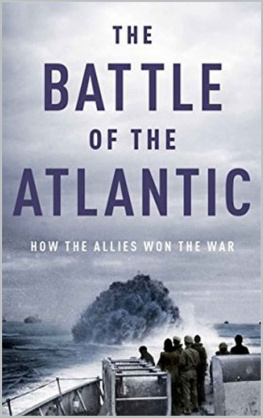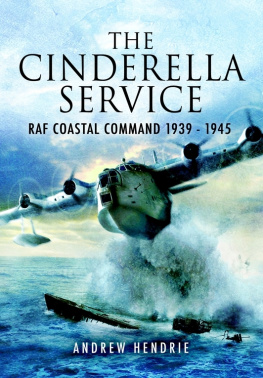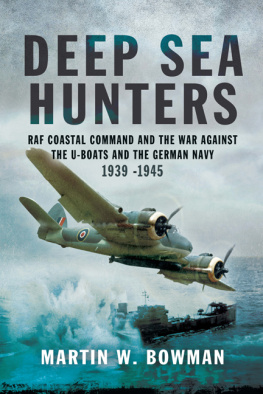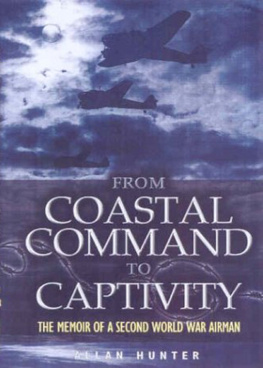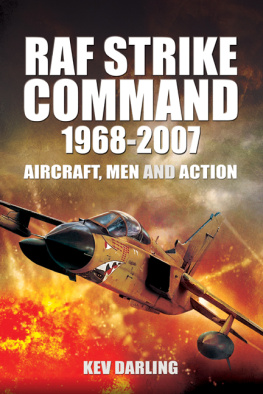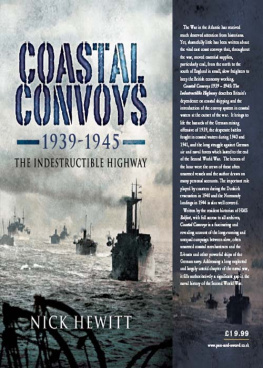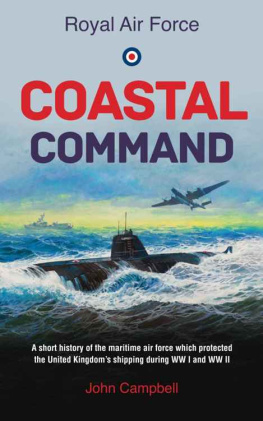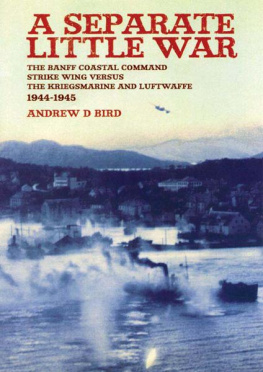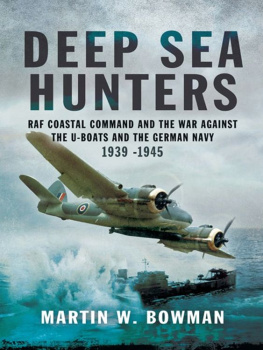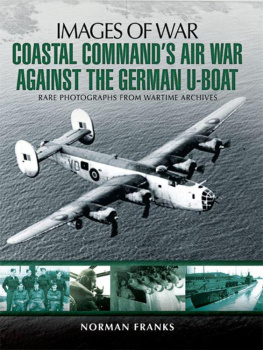First published in Great Britain in 2017 by
Pen & Sword Aviation
an imprint of
Pen & Sword Books Ltd
47 Church Street
Barnsley
South Yorkshire
S70 2AS
Copyright Geoff Simpson 2017
ISBN 978 1 47387 271 4
eISBN 978 147387 273 8
Mobi ISBN 978 147387 272 1
The right of Geoff Simpson to be identified as the Author of this Work has been asserted by him in accordance with the Copyright, Designs and Patents Act 1988.
A CIP catalogue record for this book is available from the British Library
All rights reserved. No part of this book may be reproduced or transmitted in any form or by any means, electronic or mechanical including photocopying, recording or by any information storage and retrieval system, without permission from the Publisher in writing.
Mac Style Ltd, Bridlington, East Yorkshire
Pen & Sword Books Ltd incorporates the imprints of Pen & Sword Archaeology, Atlas, Aviation, Battleground, Discovery, Family History, History, Maritime, Military, Naval, Politics, Railways, Select, Transport, True Crime, and Fiction, Frontline Books, Leo Cooper, Praetorian Press, Seaforth Publishing and Wharncliffe.
For a complete list of Pen & Sword titles please contact
PEN & SWORD BOOKS LIMITED
47 Church Street, Barnsley, South Yorkshire, S70 2AS, England
E-mail:
Website: www.pen-and-sword.co.uk
Foreword
Battles might be won or lost, enterprises might succeed or miscarry, territories might be gained or quitted, but dominating all our power to carry on in the war, or even to keep ourselves alive, lay our mastery of the ocean routes and the free approach and entry to our ports the only thing that ever frightened me during the war was the U-boat peril.
Sir Winston Churchill
Advances in technology in the twentieth century meant that military history was littered with examples of the horse versus tank moment. Yet, the full implications of these technologically-driven capabilities were rarely obvious at the time. One such example goes to the heart of the history of Coastal Command. On a typical February day in 1935 in a Northamptonshire field, Robert Watson-Watt and his team demonstrated the detection capability of what we now know as radar. It was this invention, plus the eight-gun fighter at the tip of the spear, that subsequently delivered victory in the Battle of Britain. However, it also meant that the RAFs fundamental doctrine, which was also the bedrock upon which the notion of an independent air force rested, that the bomber will always get through, was fundamentally flawed. It was this realisation that gave rise to the 1936 reorganisation of the RAFs command structure and saw the creation of Coastal Command alongside Bomber Command and Fighter Command.
From early days, Coastal Command was dubbed the Cinderella of the trio. The mainstay was ten squadrons of Ansons which were entirely unsuited to the type of maritime patrol missions which were bound to confront an island nation engaged in a war of national survival. Lessons from the devastating U-boat threat in the First World War were fresh in the memory. Yet, it took until late 1937 before any clarity emerged on the role of Coastal Command with trade protection and co-operation with the Royal Navy then featuring prominently in the script. Clearly, by comparison with Fighter Command and Bomber Command, Coastal Command was therefore not master of its own destiny. Whereas in all cases the enemy would have a vote, the war at sea was seen primarily as the Royal Navys business. Here lie the beginnings of the rather ambiguous sense of ownership by the RAF for its maritime capability. At the time, this was manifest in the competition for the aircraft industrys industrial capacity, with Coastal Command coming a distant third. More recently, it was reflected in the 2010 decision to scrap the Nimrod MRA4 and with it, an RAF capability that had achieved some seventy years of continuous and, occasionally compelling, operational success. While this significant deficit has now been partially remedied by the decision to acquire the Boeing P-8 Poseidon, the resulting yawning capability gap of some eight years has seen the dissipation of both the tacit knowledge and cultural excellence that were embedded in the DNA of the RAFs maritime force.
In terms of compelling operational success, the Battle of the Atlantic must stand supreme and Churchills view on the odds was very clear. Whilst this battle waged over four long years, the Commands aircraft were initially incapable of reaching the key hunting grounds of the U-boat wolf-packs and lacked any sensors to enhance the crews own visual detection capability. Indeed, resources were so tight against the RAFs other priorities that Lord Beaverbrook proposed to the Defence Committee that ownership of Coastal Command should pass to the Royal Navy. The subsequent enquiry disagreed: rather, it emphasised the operational harmony which had been achieved between Coastal Command and the Royal Navy, a facet that was equally apparent throughout the decades that followed. Understanding the catalyst for this unhelpful intervention takes us back to that Northamptonshire field of February 1935. Radar development had come-on apace, and there was now the prospect of an airborne submarine detection radar, then known as ASV 1. While it had a difficult gestation, it was nevertheless a game-changer. By mid-1942, developments had increased the detection range to twelve miles ahead and twenty miles on the beam. In parallel, the development of Leigh Light at last gave the Command a night detection capability.
While both these enhancements were pretty rudimentary in their performance, they provided a stimulus to crews to apply the maximum tactical creativity to increase the odds of a successful attack. Prime amongst such thinkers was Squadron Leader Terry Bullock DSO * DFC * of No. 120 Squadron, the highest-scoring Coastal Command pilot, whose inspirational leadership permeated crews far beyond his own squadron. There was, equally, no shortage of tenacity and courage: Coastal Command aircrew won four VCs. This collective example of determination, professionalism and tactical skill acted as the golden thread through the subsequent history of Coastal Command and its successors. In many ways, this cohesive spirit was generated because of the large crew environment, the relentless grind of long-range maritime aviation and the sheer doggedness to succeed fuelled by constantly feeling under-resourced and under-appreciated, made a major contribution to operational success.
Operational success was a paramount objective too during the Cold War. Every week, Soviet submarines would be on the loose to interdict the Wests nuclear deterrent submarines. The Nimrods ability to track them, gather acoustic intelligence and, if ordered in war, to sink them was a vital element of encouraging caution in the minds of Warsaw pact commanders and in undermining the confidence of the submarine commanders in the Soviet Northern Fleet. Yet none of this was in the public domain until the BBCs 1978 Panorama programme revealed the existence of the under-sea listening arrays and the Nimrods part in the plan. The Tom Clancey novel, The Hunt for Red October , did the rest. But, again, the technology then was rudimentary and relied much on the human creativity of the crew; we really did play threedimensional chess. Similarly, the aircrafts versatility increased with technological advances in sensors and communications seeing it play a compelling role in the Falklands war, two Gulf wars, in the Balkans and in Afghanistan. Deeper in history, small wars kept Coastal Commands Shackleton crews equally busy in far-flung places. In all of these endeavours, the human spirit was to predominate but many of us waited in vain for Cinderellas fairy godmother to appear.


